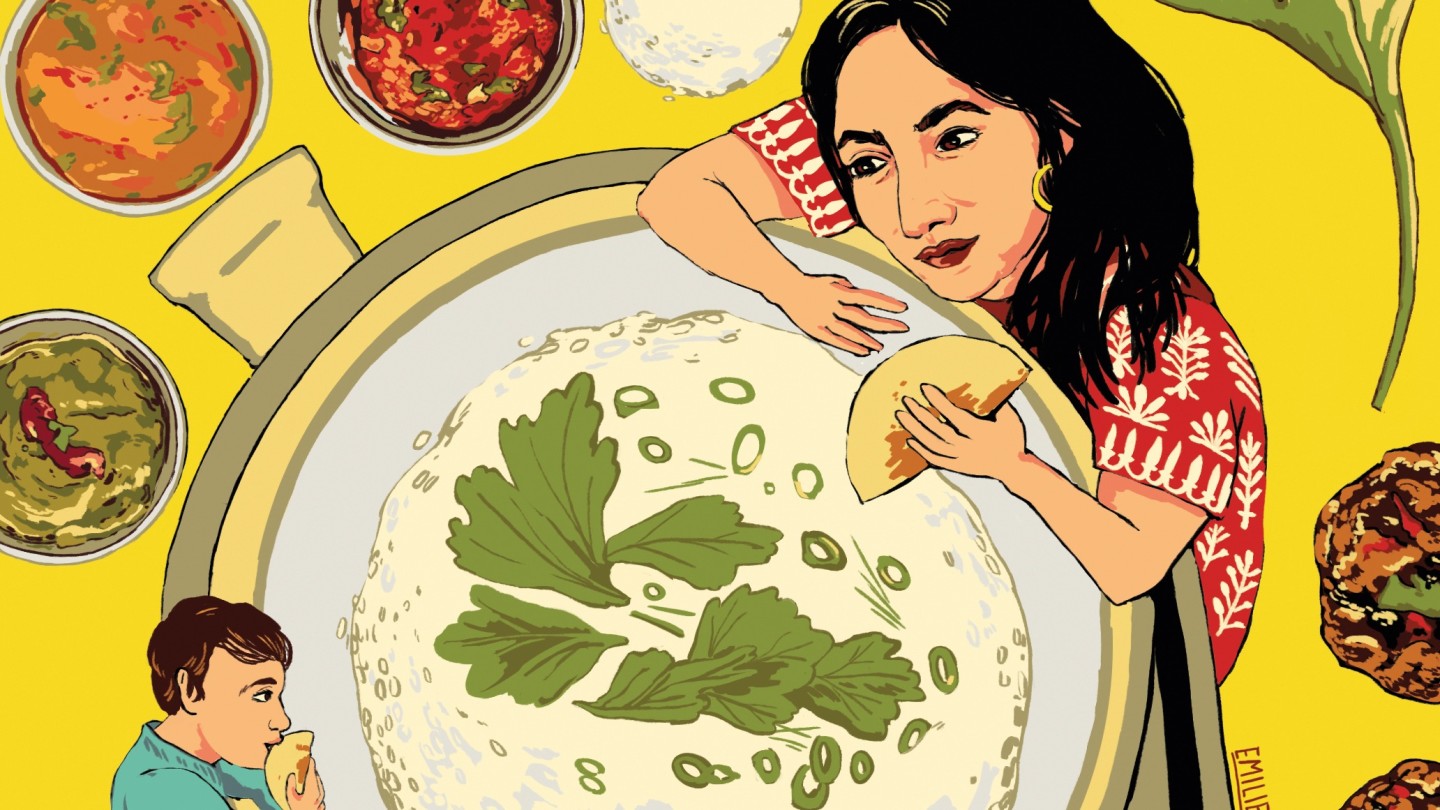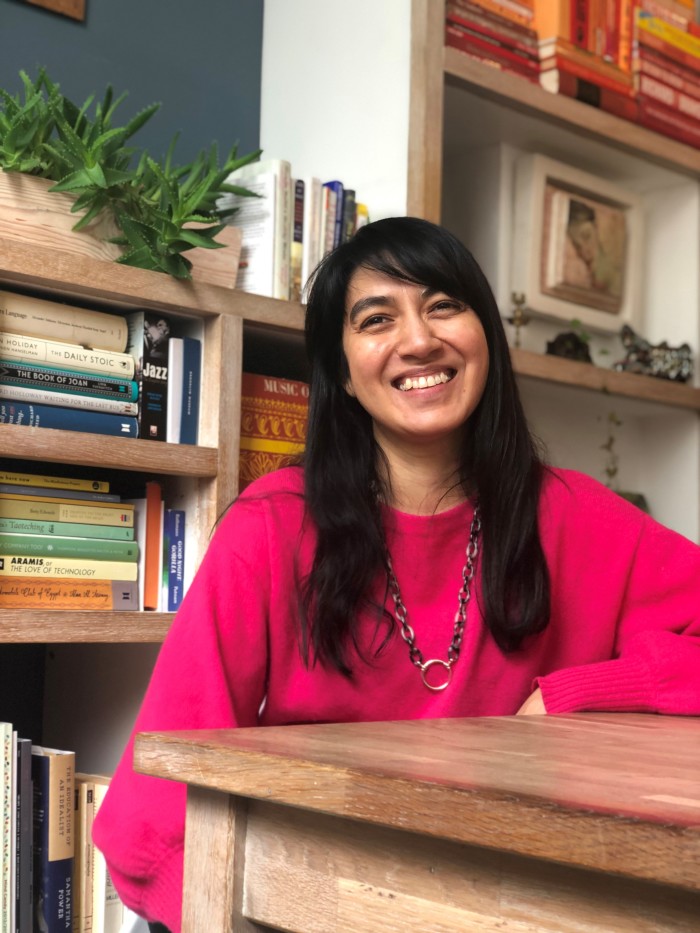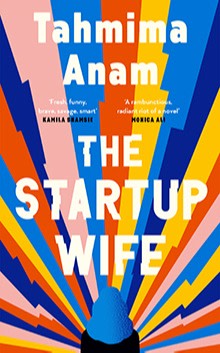How I Spend It: Award-winning author Tahmima Anam adores her Vitamix

Simply sign up to the Style myFT Digest -- delivered directly to your inbox.
I once had a cupboard full of blenders. Hand blenders, stick blenders, food processors and, of course, the giant eats-everything-in-its-path Vitamix.
My son was born premature and couldn’t eat solid food, so I had been blending all his meals for five years. And then, in the summer of 2018, all that changed when we enrolled him in the feeding therapy programme at St Mary’s, a small children’s hospital in Queens, New York. The doctors and nurses at St Mary’s spent three months teaching him to chew – painstaking eight-hour days of therapy – until, finally, he took his first bite of a piece of toast and our lives changed for ever.
I never wanted to look at another blender again. I put the Vitamix – bought because it could turn a handful of cashews into a calorie-rich milk I could add to oatmeal – away in a dark corner of the kitchen. The era of the blender was over.

I’ve always been an enthusiastic cook, but after those first years of motherhood, I felt alienated from the kitchen, seeing it as the site of so many anxious meals. Even as our son started eating, I prepared separate meals for the children and relied on takeaways for my husband and me.
Then the pandemic struck, and I had no choice but to resume my station at the stove. We were all home and there were few consolations apart from food so, like everyone else, I started baking, and to my great surprise, I found myself beginning to enjoy the kitchen again. I bought a few kitchen gadgets that gave me a lot of joy, like my Instant Pot, which made short work of lentils, potatoes and stews. My electric scale allowed me to create identical balls of cookie dough that I froze and baked so often that my phone now reminds me every night to set a timer for 11 minutes, the exact amount of time it takes to bake the perfect chocolate chip cookie.
The real turning point came, however, when I bought a book called Dosa Kitchen, which promised to demystify the fermented rice pancake you get at south Indian restaurants – those paper-thin, crispy, oily pancakes stuffed with spicy potatoes. Back home in Dhaka, my mother had started making dosas for breakfast, but she’d always used a mix out of a packet. Because pandemic time stretches endlessly, I decided I should try to make the batter from scratch.

I had to order all the ingredients online – first, idli rice, a short-grained, parboiled rice with a fat, starchy centre; white urad dal; and finally, fenugreek seeds, which smell exactly like maple syrup. I had to soak the rice and dal, then grind them separately, the rice into a grainy paste, the dal into a smooth one.
The Vitamix had to come out. No other blender would give me the batter I needed. All the online forums agreed – it was the best tool for the job. It had been sitting in my cupboard, gathering dust, all traces of the blitzed meals a distant memory. I had occasionally made juice in it, but my efforts were halfhearted, and the little icons showing soup, ice cream and smoothies stared out at me accusingly. Such wasted potential! “Well,” I told my Vitamix, “here’s your chance to show what you’re made of.”
Within seconds it gave me almost exactly what I needed, the soaked rice pulverised into its desired texture, the batter fluffy, snow-white. I put the mixture into a bowl, stirred with my hands and left it to ferment overnight.

In the morning my kitchen smelled like yeast – warm with a little hint of funk – and, like magic, the batter had risen to the top of the bowl. I added salt and knocked it back, listening to the bubbles pop as I stirred, and then refrigerated the dough for several hours before taking it out and starting the process of frying the dosas.
My friend Ewa, who is actually from south India and considers dosas a staple, not some exotic thing to learn during lockdown, tells me the thing to get right about dosas are the swirls. You have to ladle the batter onto a flat, cast iron pan, then immediately make concentric circles with the back of your spoon. Then you have to drizzle oil over the whole thing. That’s how you get the fluffy bits interspersed with crispy, flaky grooves.
My first attempts weren’t entirely successful. The batter was too thin – I’d added too much water – or too thick and mealy. My rice-to-dal ratio was off. And worst of all, my swirls were not even. But I soon got better, with practice, until they came out beautifully every time, each one a little round poem.
My kids adore them now, and they’ve started demanding dosas every weekend. I start soaking the grains on Friday afternoon, take the Vitamix out after they go to bed, and we all wake up on Saturday to that peaty smell. By lunchtime, we are sitting together, biting half-moon shapes into our dosas, reunited at the table in that oldest and sweetest of family rituals.
The Startup Wife by Tahmima Anam is published by Canongate at £14.95
Comments